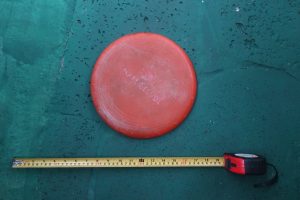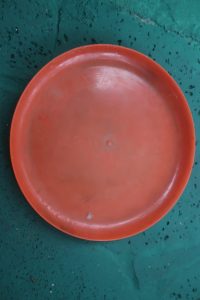17 Activity 4.3 – Story Writing and Marine Plastics
Estelle Praet; Jostein Baeza-Álvarez; Diamela De Veer; Anne Guézou; Geraldine Holtmann-Ahumada; John Schofield; Martin Thiel; and Kaleigh J. Wyles
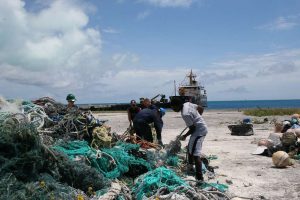
Associated Readings
Praet, E. J. Baeza-Álvarez, D. De Veer, A. Guézou, G. Holtmann-Ahumada, J. Schofield, M. Thiel, and K. J. Wyles. “Toxic Heritage in the Oceans: Story Writing on Marine Plastic Litter in the Pacific.”
Targeted Skills:
written communication, material culture analysis
Supporting materials:
-
- Minimum of 10 plastic objects
- for in-person gatherings, the recommendation is to use actual items to facilitate engagement through multiple senses
- for online gatherings, see the photo gallery for sample MPL artifacts from the study
- Paper
- Pens of various colors
- Timer
- Garbology Narrative Workshops in Schools
- (English) Please see the directions below
- Garbology-Narrative-Workshop-in-Schools-A-Step-by-Step-Guide-Spanish
- Surveys:
- (English, Pre-survey and Post-survey)
- (Spanish, Encuesta-pre-actividad_final and Encuesta-post-actividad)
- Minimum of 10 plastic objects
Directions:
This activity is inspired by the ReCiBa 2020 project and GCT’s Science to Solutions Workshop with the Galapagos National Park and the Galapagos Science Centre in May 2018. As well as offering insight into perceptions of the plastic pollution problem, the activity is part of the More Plastic Free Galapagos programme which aims to promote more sustainable behavior.
The activity aims to create stories of the biography and itinerary of a series of plastic objects found in a survey/clean-up on the beach or in the street. This guide focuses on organizing these workshops in schools and colleges, an activity that takes about two hours.
If you want to use this data for publication, don’t forget:
- the university’s ethics agreement;
- the signed parental agreement for students to participate in the project;
- to investigate students’ understanding and behavior regarding marine litter, you can hand out a survey at the beginning of the workshop and another one when you collect the narratives.
Before the workshop
Collect marine plastic litter and fill in the survey
Beforehand, you will need to collect at least 10 plastic objects, depending on the size of the group. This activity can be carried out by the workshop organizers without students involved. You can do a beach clean-up first and reserve some of the found objects for this activity. Try to include objects that represent some of the most common pollutants and some more unusual plastic objects. Include household objects and objects associated with fishing (depending on the different sources of plastic pollution). For example, in Galapagos, it is believed that 30% of the pollution is linked to fisheries.
Before collecting the object, take a photo of its location on the beach from all angles. Note date, location and any interesting features of the beach and wildlife sightings. Bag the objects and take them to the workshop site.
How it is organized
Prepare a poster
Prepare a poster with the following list of questions and use examples to illustrate how much information can be found in a single object.
- What is the object?
- How old is the object?
- Where does it come from?
- How was it used and by whom?
- How did it get on the beach or in the sea?
- How did it interact with the environment?
- What actions could have prevented its arrival?
Present the 10 plastic objects
Place the plastic objects on a table in the room. Ideally, you want to have the same 10 objects for each workshop, offering a comparison between the different stories.
For Instructors/Group Leaders: Conducting Workshop 1 (max 2 hours)
[The English translation is based on the original Spanish and was adjusted in places]
1. Presentation of the project (10 minutes)
Prepare a presentation that explains the different objects in the project and how archaeology can contribute to the study of the history of objects.
2. Distribute the surveys (optional – to access people’s perceptions of the the origin, impacts, and solutions for plastic pollution ) (10 minutes)
Administer the pre and post surveys to participants. Find the latest studies in the region regarding origins, impacts, and solutions and compare the pre and post survey results to the data featured in the latest research.
3. Exploration with the objects
Part 1 – Present case studies (10 minutes)
Introduce participants to a number of cases of objects found in Galapagos that gave interesting information (barcode, inscription, use, …). Explain how these elements can contribute to create a story about the object. With that in mind they can move on to the next phase.
Part 2 – Exploration of the 10 objects (30 minutes)
Give 1 object per group of 2 or 3 students for 10 minutes and have them work in a group to identify the elements that give them the most information about the object’s story. Then present the other 9 objects on a table and invite them to choose one for their story. Tell them that their story should be based on one object and consider the different questions we saw.
4. How to write a narrative (15 minutes)
Introduce students to some tricks for structuring their story:
-
-
- Introduction with specifics (place, who, when) .
- Path of the object and interactions with its environment.
- Conclusion with a message if they want to
-
5. Give the indications for the story writing (15 minutes)
Repeat the questions guiding the narrative and structure of a good story. Tell them that if they want to draw pictures or make a comic strip, they can do that too. Explain to the students that they have to continue writing their story, handing it in in two weeks with parental agreement. Explain to them that several schools are participating in the project and that at the end their drawings, if they want to, will be displayed together with others in an exhibition.
Second workshop (30min-1hr)
The second workshop will take place 10 days after the first, providing an opportunity to answer any questions students may have. They will be reminded of the instructions and the importance of providing parental agreement.
Collect the stories (15min)
A final visit will allow the stories to be collected, together with the parental agreement. They will be given the final survey (optional) and asked to fill it in.
After the workshop
The stories and surveys will be collected, digitized and analyzed. Thanks to the conclusions of the analysis, an exhibition with the stories can be organized comparing them with the scientific data about plastic pollution. The stories can be displayed (as long as the student has provided his or her agreement) and organized by “object” for example.
Photo Gallery: A Sample
For more examples of recovered plastics, please visit the chart in “Toxic Heritage in the Oceans: Story Writing on Marine Plastic Litter in the Pacific.” on page 12. Please consider replicating the above activities in your local areas and collecting and developing a story narrative for the plastic waste that you found.
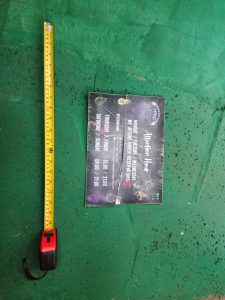
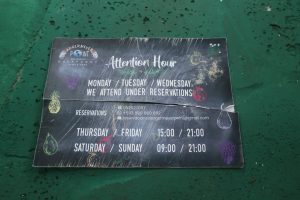
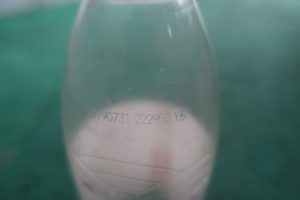
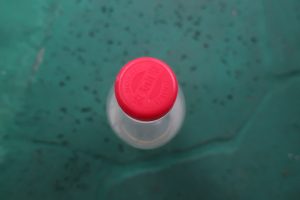
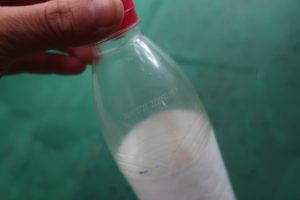


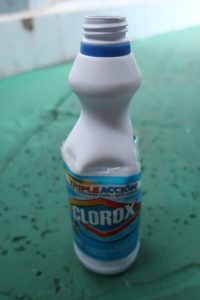
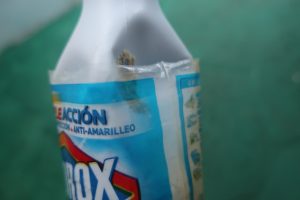
Additional views of the clorox bottle.
